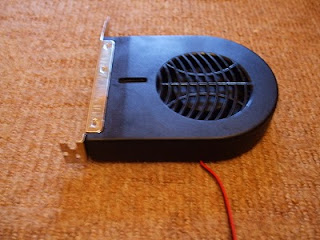Thermaltake, leading PC power supply and computer components brand, launch their all new 80 Plus Silver certified Toughpower 1350W power supply with up to 91% efficiency. Offering 8 PCI-E connectors, the Toughpower 1350W is ready for all current multi-GPU setups ranging from NVIDIA 3-Way/4-Way SLI to AMD CrossFireX configurations. The additional double-forward switching circuitry provides highest reliability by reducing power loss considerably, while the DC-DC converter further increases highest efficiency levels. The Toughpower 1350W maintains an ultra tight DC regulation thereby supporting the C6 CPU mode and hybrid graphics card power saving mode through its ZERO LOAD (0W) design.
The dual+12V rail design allows excellent performance under all types of system loading, in combination with 100% 105 ℃ / 212 ℉ Japanese electrolytic and solid state capacitors allow for decisively improved over-clocking performance, longer life time and increased reliability as well as stability even under higher operating temperatures, frequencies and currents. An 8pin CPU and a 4+4pin CPU connectors enable support for dual CPU gaming and mission-critical server applications. Cool performance and quiet operation is provided for by the ultra silent 14 cm fan with an automatic intelligent fan speed control.
Built-in industrial grade protection circuitries to protect the power supply from over current, over voltage, under voltage, over power, over temperature as well as short circuitry, make the Toughpower 1350W the safest choice of its kind.
In short, the Toughpower 1350W is guaranteed to deliver 1350W continuous power 24/7 @ 50 ℃ with up to 91% efficiency under real world load conditions in a multi-GPU setup. The Toughpower 1350 is designed for professional gamers with high demand of efficiency, stability and reliability.
www.customdesktops.moonfruit.com















